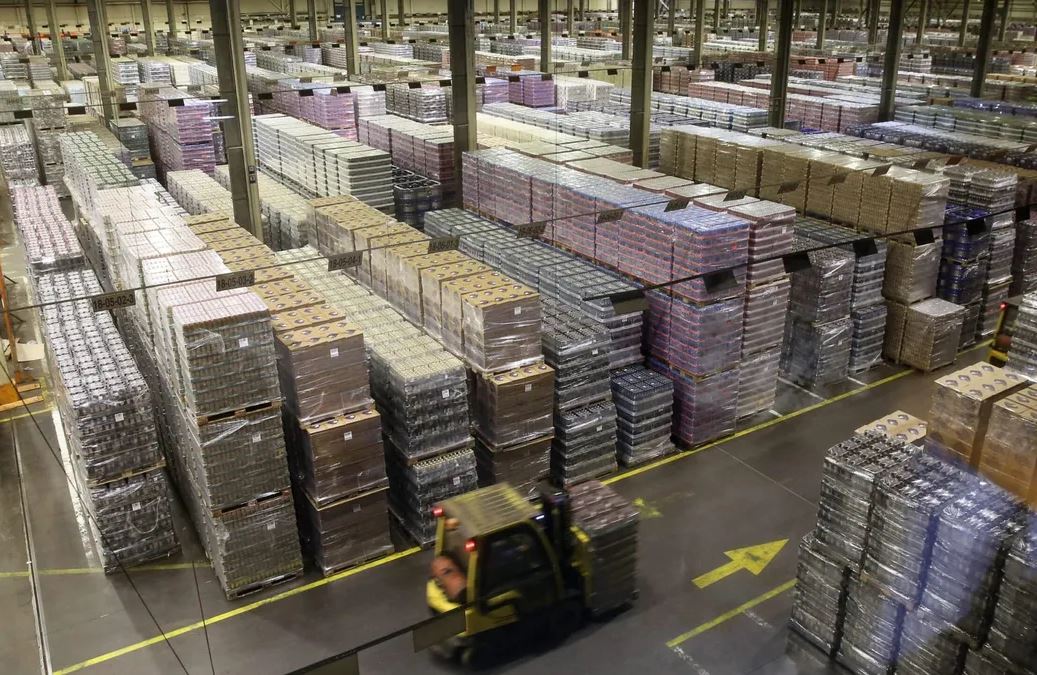Rapid domestic growth and emerging geopolitical realities are generating considerable demand for logistic facilities in Central Asia. However, current local warehousing capacities only fulfill a small fraction of present and future needs. This creates a major market opportunity for developers and investors, and should be prioritized by policymakers.
Organized by consulting companies in the field of real estate, IBC Global and Colliers Kazakhstan, the 1st Central Asia Warehouse Summit (CAWS) took place in Almaty, Kazakhstan on October 3. It was the premier event in the Central Asian warehouse real estate sector.
The summit reportedly brought together about 300 delegates from Kazakhstan, Azerbaijan, Kyrgyzstan, Russia, Tajikistan and Uzbekistan consisting of leading international and local experts, top managers, developers, representatives of investment funds and the banking sector.
The meeting participants shared knowledge, experience and best practices in warehouse real estate.
It was noted at the meeting that lack of warehouses hampers e-commerce development in Central Asia, and in Tajikistan, quality warehouses are virtually nonexistent.
According to Stanislav Akhmedzyanov, managing partner of IBC Global, the total warehouse space in Central Asian countries is around 1.5-2 million square meters. This is extremely insufficient even for the current demand for warehouses, as reported in a press release issued by the meeting organizers.
"If you need a high-quality, modern warehouse, finding such a facility in Central Asia is nearly impossible. The current deficit of logistics real estate in the region is estimated at approximately 20 million square meters. This applies to Uzbekistan, Tajikistan, and Kyrgyzstan. In these countries, the majority of existing warehouse spaces is of Class B, but even those limited spaces are fully contracted," said Stanislav Akhmedzyanov.
According to analysts from IBC Global and Colliers, the warehouse real estate market in Kazakhstan is estimated at 1.4 million square meters, of which 578,000 square meters are Class A warehouses, which is far too little to meet demand. In Uzbekistan, the situation is even more complicated: the market size in the region is 298,000 square meters, with only 53,000 square meters of high-quality warehouses. In Kyrgyzstan, the market size is 108,000 square meters, of which Class A facilities account for 36,000 square meters. In Tajikistan, there is currently no quality warehouse real estate at all.
Economic growth is driving the demand for quality warehouse spaces. According to analysts' forecasts, the e-commerce market in Central Asia could grow by 20% by 2030, but this growth requires adequate warehouse infrastructure.
Currently, tens of thousands of square meters of Class A and B warehouses are planned for construction in Central Asia. According to Ivan Fedyakov, founder and head of INFOLine Group (Russia, Kazakhstan, Serbia, UAE), one of the drivers of warehouse real estate growth is the development of the e-commerce sector, which is, in turn, hindered by the lack of warehouses.
One of the fastest-growing areas for e-commerce in 2024-2026 will be Kyrgyzstan, according to the expert. It is worth noting that Kyrgyzstan showed the highest growth in retail trade in the first half of 2024 among all regions studied by INFOLine experts.
Experts noted that Central Asia could surpass Russia in warehouse real estate volume. The total market for quality warehouse space in the region reportedly could exceed 46 million square meters in the near future. According to analysts from IBC Global and Colliers, Central Asian countries currently hold only 3% of that figure in 2024.







